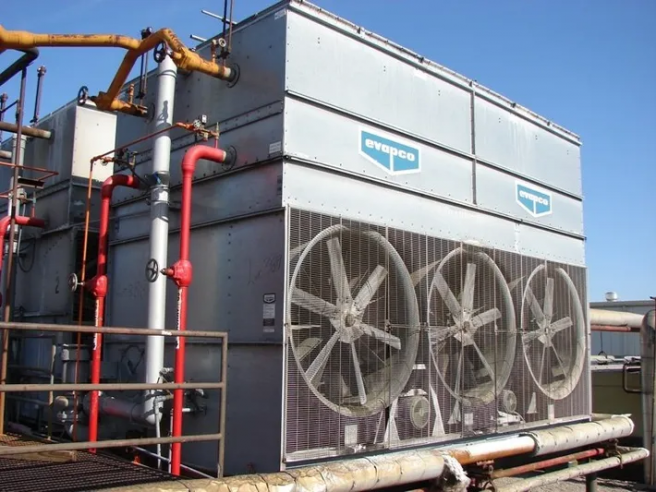In the complex world of industrial manufacturing, efficiency and precision are paramount. One of the technologies at the forefront of this revolution is the vibratory sifter. These versatile machines have become indispensable in numerous industries, playing a crucial role in enhancing productivity and ensuring product quality.
The Role of Vibratory Sifters in Industry
Vibratory sifters are mechanical devices designed to separate particles by size through the use of vibration. Their primary function is to ensure that only appropriately sized materials pass through, while larger or unsuitable particles are removed. This process is vital in many sectors, including pharmaceuticals, food and beverage, chemical, and construction, where product consistency and quality are non-negotiable.
Advantages of Using Vibratory Sifters
1. Efficiency and Speed: Vibratory sifters significantly reduce the time required to sift materials. The rapid vibrations ensure that the materials are evenly distributed across the screen, allowing for quick and efficient separation. This is particularly beneficial in high-volume production environments where time is of the essence.
2. Versatility: One of the standout features of vibratory sifters is their ability to handle a wide range of materials. Whether dealing with fine powders or larger granules, these machines can be customised to suit specific needs, making them highly adaptable across different industries.
3. Improved Product Quality: By ensuring that only particles of the correct size pass through, vibratory sifters help maintain the quality of the end product. This is crucial in industries like pharmaceuticals, where even the slightest inconsistency can have significant consequences.
4. Cost-Effectiveness: Although the initial investment in vibratory sifters might be substantial, the long-term savings they offer are considerable. Reduced processing times and minimised waste contribute to lower operational costs, making them a cost-effective solution for many businesses.
How Vibratory Sifters Work
The operation of vibratory sifters is relatively straightforward. They consist of a vibrating motor and a screen or mesh through which materials are passed. The motor generates vibrations that cause the materials to move across the screen. Particles smaller than the screen openings fall through, while larger particles are retained and eventually removed. This simple yet effective mechanism is what makes vibratory sifters such a valuable asset in industrial processes.
Applications Across Industries
• Pharmaceuticals: In this industry, vibratory sifters are used to ensure the uniformity of active ingredients in medications, which is crucial for efficacy and safety.
• Food and Beverage: They help in the removal of contaminants and the uniform distribution of ingredients, ensuring that the final product meets the required standards.
• Chemicals: Vibratory sifters are employed to separate raw materials and ensure the consistency of chemical compounds.
• Construction: They are used to sort aggregates, ensuring that only the appropriate size materials are used in construction projects.
Conclusion
In conclusion, vibratory sifters have revolutionised modern industrial processes by providing an efficient, versatile, and cost-effective solution for material separation. Their ability to enhance product quality while reducing operational costs makes them an invaluable tool in various industries. As technology advances, the role of vibratory sifters is likely to expand, further solidifying their place in the industrial landscape. By embracing these innovations, industries can continue to improve their processes, ensuring both efficiency and quality in their operations.


